Culture
The North Pennines has a distinctive culture which has developed as a result of the relationship between local communities and the landscape. Artists and poets like J.M.W. Turner and W.H. Auden were inspired by the landscape of the North Pennines and contributed to the culture of the area through their acclaimed work.
Aspects of the past lives of lead miners are explored at Killhope Museum in Upper Weardale, from their daily toil to their mineral collections which are proudly displayed in spar boxes. The collections on display in the nearby Weardale Museum showcase what domestic life was like during the same period and documents the expansion of Methodism in the region. The Bowes Museum’s impressive galleries display examples of fine and decorative art spanning the 14th to the 20th centuries. There are numerous excellent agricultural shows which take place during the summer and the famous Tar Bar'l Festival which lights up the streets of Allendale on New Years Eve.
Beamish Museum

Blanchland
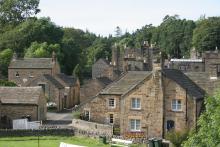
Bowlees Visitor Centre

Errington Reay Pottery
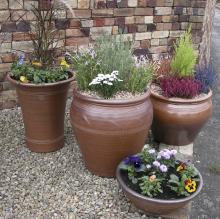
High House Chapel

Killhope Lead Mining Museum

Muggleswick Grange
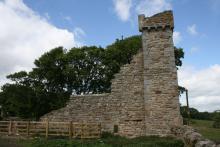
Ninebanks Tower

Raby Castle
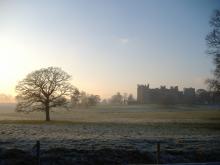
Shildon Engine House

The Bowes Museum

The Garden Station
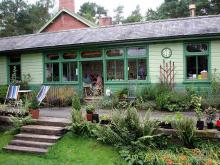
Watercolour Painting with Gordon Lamb
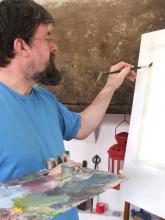
Weardale Museum

Weardale Railway






